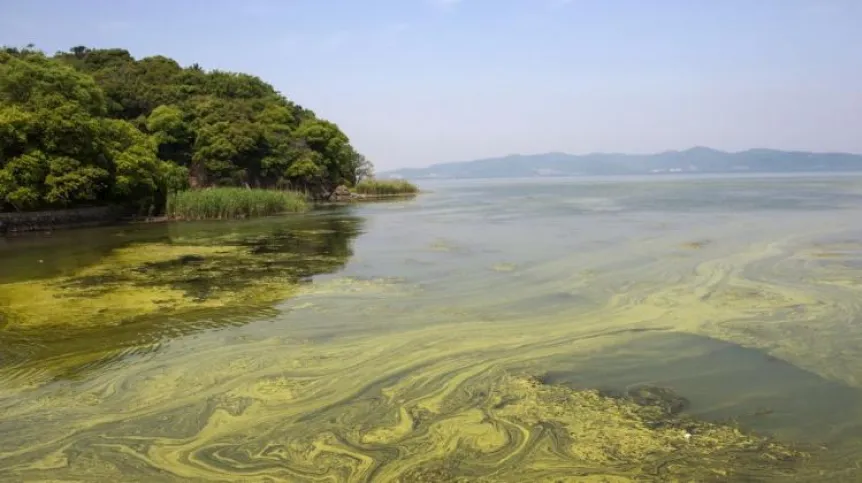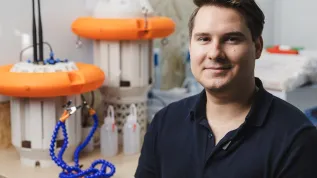
Students from the Poznan University of Technology wrote a program that predicts one month in advance, where cyanobacteria blooms will occur on Earth. The app secured them a win in NASA Space Apps Challenge.
NASA Space Apps Challenge is an international, interdisciplinary hackathon of the United States National Aeronautics and Space Administration (NASA). Participants have 48 hours to create a project for one of several tasks selected by the agency, based on the data provided by NASA. Tasks focused on the protection of oceans, the Moon, planets and outer space.
Prizes were awarded at the end of January in six categories. The Great Bloom Theory team received world winner title in the `Best use of science` category. The members of the team from the Poznan University of Technology are: Maciej Czyżewski, Kamil Piechowiak and Daniel Nowak.
`The computer program that students wrote during the 48-hour hackathon can predict one month in advance where the blooms of blue-green algae will occur on Earth. The solution is designed to simulate the impact of environmental changes on bloom`, according to the Poznan University of Technology representatives.
The forecast accuracy is 92 percent. That makes it the best result obtained to date. The program uses machine learning.
Young researchers developed their algorithm based on data from NASA MODIS-Aqua. As part of this initiative, satellites orbit the Earth once a day or two and measure the spectrum of light. This allows to determine the concentrations of chlorophyll in individual parts of the ocean.
The students decided to use these data to build an algorithm forecasting the location of future blooms. The winners were invited to NASA headquarters to confront the winning solution with the existing one.
Cyanobacteria belong to the bacterial kingdom. Since these organisms are self-nutritious (capable of aerobic photosynthesis and containing chlorophyll), they were formerly considered plants. They inhabit both seas and oceans, as well as fresh waters: lakes, ponds, swimming pools. They also occur in soils, on tree bark and on glaciers.
Cyanobacteria can form blooms in water bodies. As a result of such blooms, characteristic foam or scum of these microorganisms may form on the water. And this blocks the development of marine fauna and flora. Cyanobacteria cause water turbidity and reduce its transparency.
When the bloom ends and the cyanobacteria die and sink to the bottom of the reservoir, they are broken down by aerobic bacteria. In this process, oxygen is intensively consumed and after a while other living organisms begin to experience its shortage. When oxygen is lacking, degradation is continued by anaerobic bacteria that release hydrogen sulphide, a compound that is harmful to the environment. In this way, dead zones can form in the seas - areas with reduced oxygen content, or total oxygen deserts where life dies.
PAP - Science in Poland
lt/ ekr/ kap/
tr. RL













